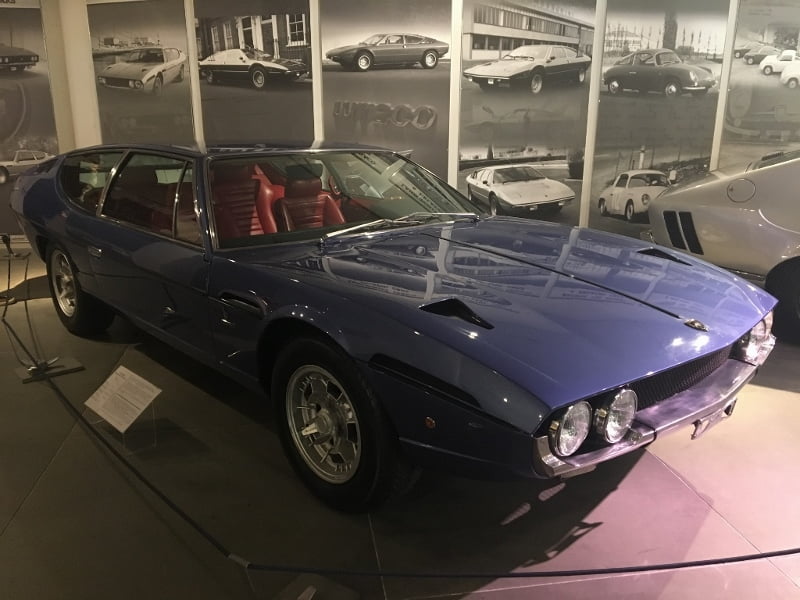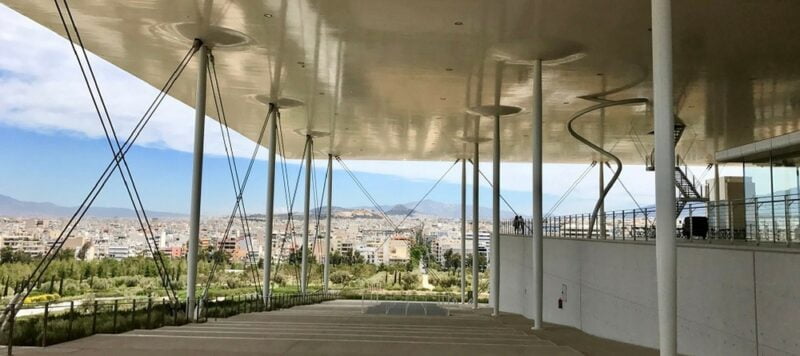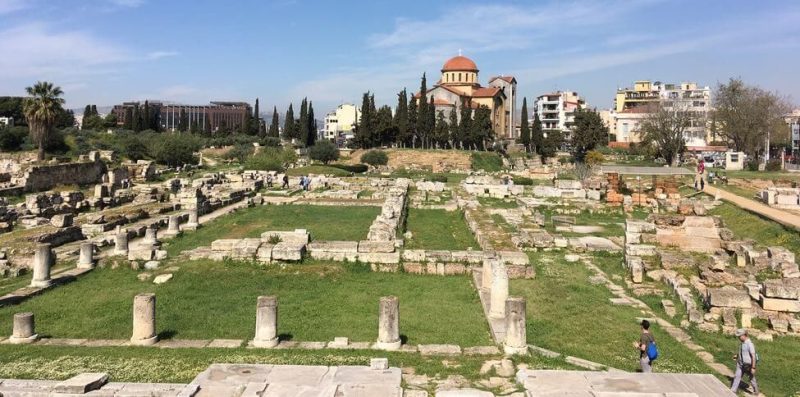Once is not usual, we leave the old stones, purely cultural sites and the traditional Athens. The Hellenic Motor Museum offers an entertaining and instructive break on the car from the 1920s to the 1970s. This museum will undoubtedly appeal to the youngest, but also to the curious by nature who want, for the time of a visit, to change the horizon.
The Hellenic Motor Museum: Practical information
The Hellenic Motor Museum is located at 33 Ioulianou, Athens (corner 3is Septemvriou street). Here on Google Maps. Access by metro line 1 (green), Victoria stop.
Opening days and times
- Tuesday to Friday: 10am to 4pm
- Saturday and Sunday: 11am to 6pm
- Monday: Closed
Last Admission: 45 mins before closing time.
The museum is closed on January 1, January 6, Sunday and Monday of Orthodox Easter, May 1, August 15, December 25 and 26. Times may vary, so please check the museum website before visiting.
Phone: +30 210 8816 187 / Email: hmm@charagionis.com / Website
Entrance tickets
- Full Price: €10
- Reduced admission: €8 (children aged 6 to 12, over 65, students)
- Free admission for children aged 0 to 5, for disabled visitors, and free admission for all visitors on May 18 (International Museum Day).
Guided Tour in English language upon request
A collection that became a museum
This small car museum was created by a passionate collector of old cars. It opened in 2009, in a building located near Victoria, in the neighborhood of the archaeological museum. The surroundings are not the most welcoming and you have to go up to the 3rd floor to find the entrance desk. The visit begins on the 4th floor, after following a spiral staircase decorated with the rims of cars that have marked history.
A large projection room welcomes you first to put you in a racing atmosphere, retracing the great moments of the last century’s car races.
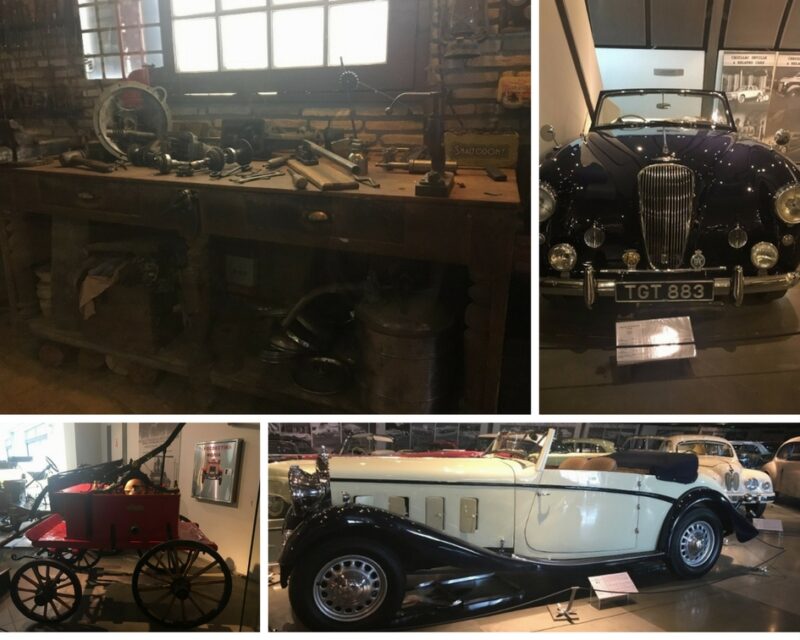
The permanent collection of the Hellenic Motor Museum
We then enter the trays dedicated to the permanent collection. There are three of them. A central staircase and a large open space to view the 300 cars on display in tight rows. The effect is quite surprising by the place, impressive by the number, and aesthetic thanks to the impeccable colors and reflections of the gleaming car bodies.
The direction of the visit follows a chronological logic. To begin with, a nice garage from the 1930s has been reconstructed, allowing the youngest to discover a number of tools that are now obsolete.
No general signs to explain the context, but small posters on each car allow you to know a little bit more about its history.
For newbies like me, it’s a bit tedious. However, the simple stroll between the models of the biggest brands (Daimler, Ford, Cadillac, Limousine…), can not leave indifferent. The explanations are interesting. We realize how elitist the car was at the beginning of the last century, with productions often lower than 500 units. We are also impressed by the size of the vehicles, at a time when city cars are in vogue.
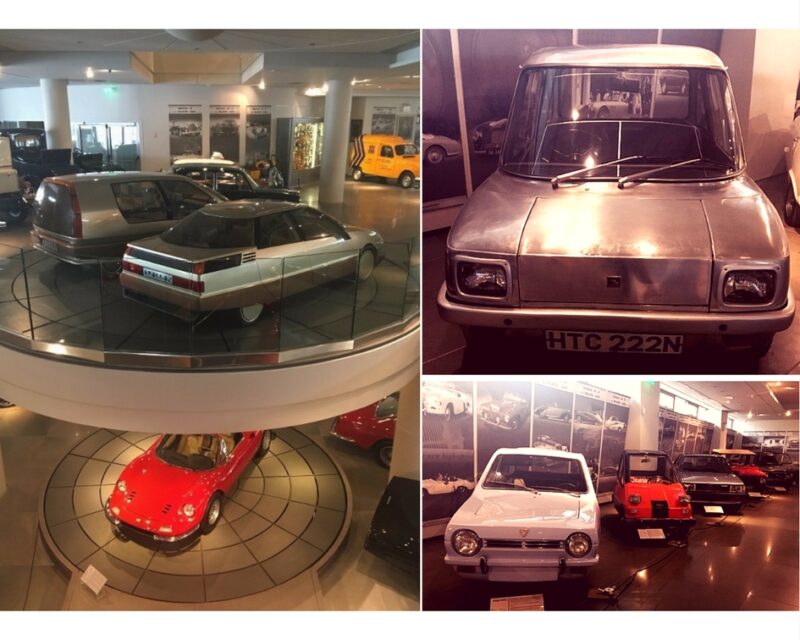
Discovering the strange Greek car industry
Brands that have disappeared, but all of them had a certain originality:
- Namco: with the Pony, a 4×4 produced in 1972, robust and especially very cheap
- Attica: The Attica 200, a three-wheeled car, was the most successful model. Light and inexpensive car because it is not a traditional car (3 wheels)
- Neorion: With the Enfield 8000, the Greeks were the first to produce an electric city car in series. Unfortunately, it was never marketed in the country because it was not approved. But it found its market in Great Britain where it was produced in more than 110,000 copies.
- Volanis: a designer whose models remained at the prototype stage, but which strangely resemble some Renault models.
- Korres: with a a strange vehicle somewhere between a military tank and an all-terrain vehicle
We finish with the racing models, Ferrari and Lamborghini. There too, beautiful stories told on the posters. For example, the Fiat Dino with its Ferrari racing engine. Or that of Ferruccio Lamborghini (tractor manufacturer) who found his last purchase – a Ferrari – not finished well enough, and promised to build a better one.
Formula 1 simulator at the Hellenic Motor Museum
The visit ends with the store, which, to be honest, has little interest. But before you go out, you might be tempted by the Formula 1 simulator. It will cost you an additional 5 euros. You can also access it independently of the museum visit. More than words, here is what it looks like in pictures :
Sophie B.
Updated on March 28, 2024
